Tulsi (Holy Basil) – Temperate (Ocimum africanum) (~300 Seeds)
Original price was: $14.98.$9.98Current price is: $9.98.
Tulsi (Holy Basil) is a delightful herb for tea lovers, easy to grow at home, and attracts pollinators with its fragrant blooms.
Shipping and Return policies:
We stand behind our plants with our Alive & Thrive Guarantee. If you experience any issues within the first 30 days, please email us, and our team will be happy to help. When needed, we’ll send you a one-time replacement free of charge to make sure your garden keeps growing strong.
Reasonable Price
We offer reasonable price
Support 24/7
Contact us 24 hrs a day100% Money Back
You’ve 30 days to ReturnPayment Secure
100% secure paymentOverview of Tulsi (Holy Basil)
Tulsi, or Holy Basil, is a cherished herb known for its adaptability and health benefits. This temperate variety, Ocimum africanum, offers a unique taste profile with minty and spicy clove notes, making it excellent for tea. It’s also an incredible pollinator plant, buzzing with life during the summer.
Growing Tulsi at Home
Growing Tulsi is simple and rewarding. Start seeds indoors 3-4 weeks before the last frost for the best results. Germination occurs in 7-10 days under ideal conditions. Ensure to space plants 1-2 feet apart in the garden for optimal growth and airflow.
Benefits of Tulsi
- Rich in adaptogens that enhance resilience to stress.
- Easy to grow and maintain, ideal for beginner gardeners.
- Attracts beneficial pollinators like bees.
Care Instructions
For optimal growth, prune plants by cutting 2-4 inches of top growth before flowering. This encourages a bushy growth habit and maximizes leaf production for tea. Dry the leafy shoots indoors after harvesting to preserve flavor.
Frequently Asked Questions
- What is the ideal USDA zone for Tulsi? Tulsi thrives best in USDA zones 10-11.
- What type of soil does Tulsi prefer? A well-draining potting mix with organic matter is recommended.
- How much sunlight does Tulsi need? Full sun exposure for at least 6-8 hours daily is ideal.
- When should I plant Tulsi seeds? Start seeds indoors 3-4 weeks before the last frost for best results.
- Can Tulsi be grown in containers? Yes, Tulsi grows well in pots, making it suitable for small spaces.
Be the first to review “Tulsi (Holy Basil) – Temperate (Ocimum africanum) (~300 Seeds)”
You must be logged in to post a review.







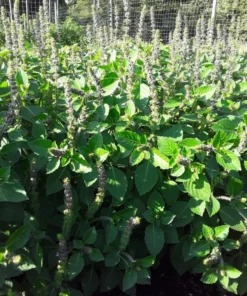




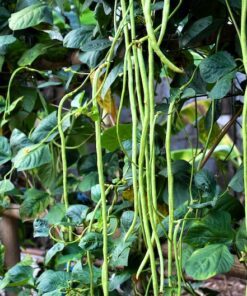

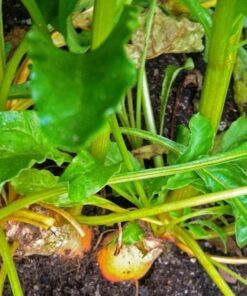

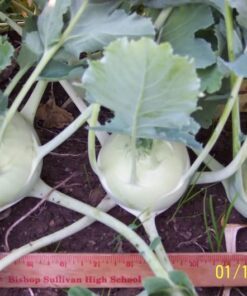

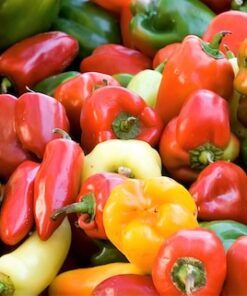

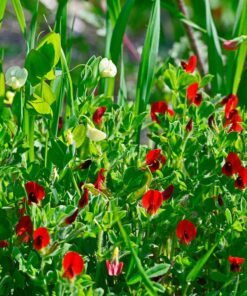

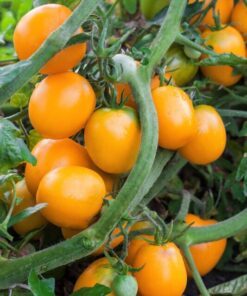

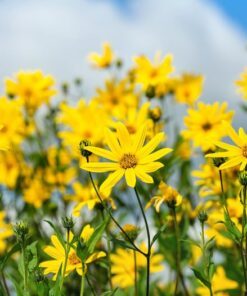
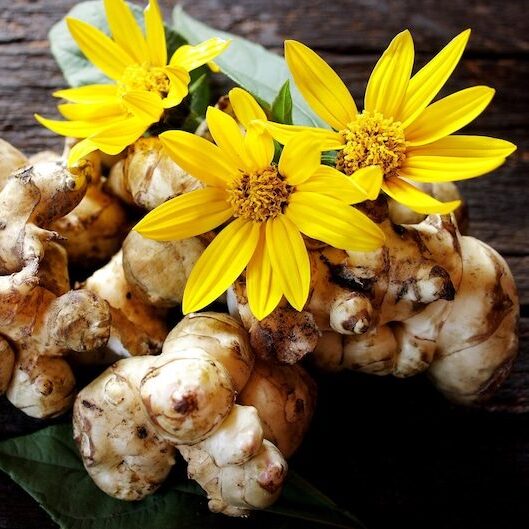
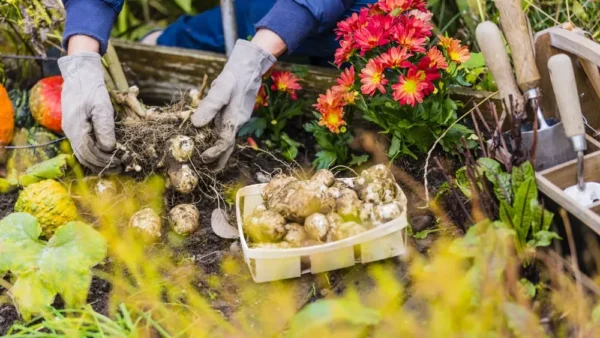
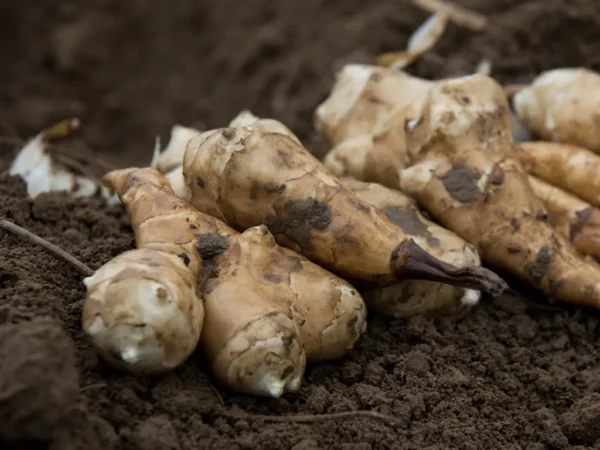
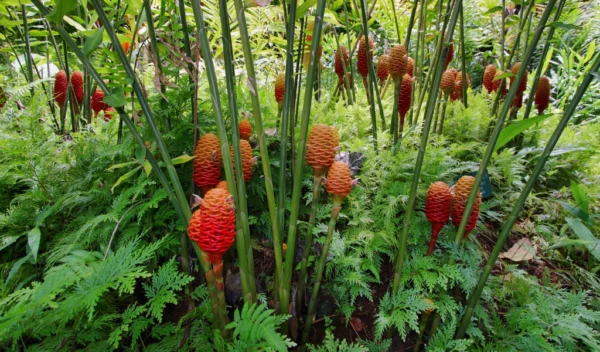
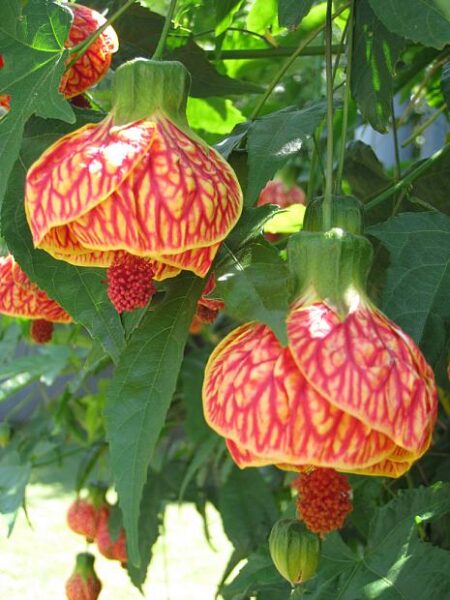
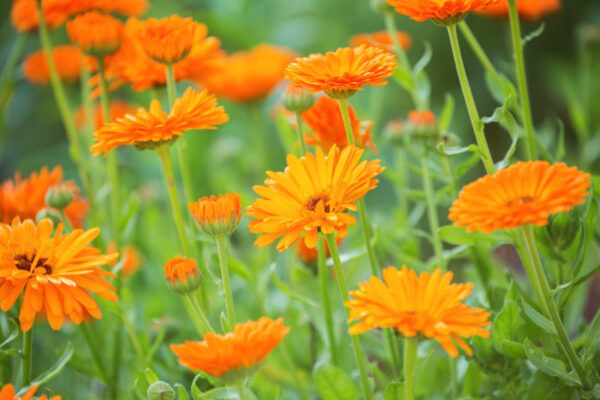
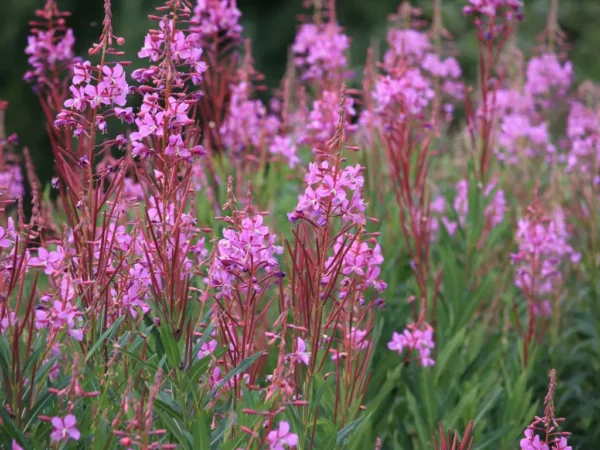
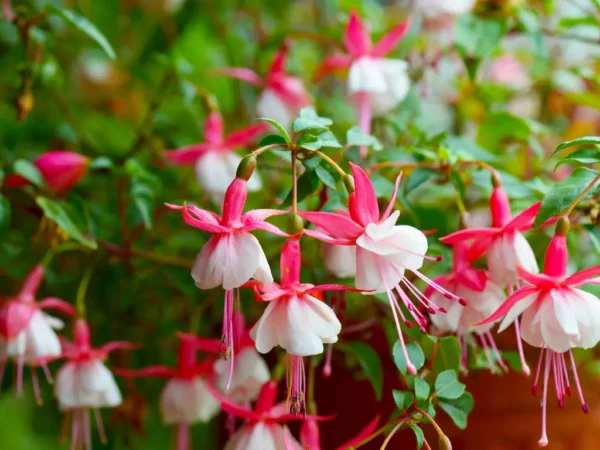
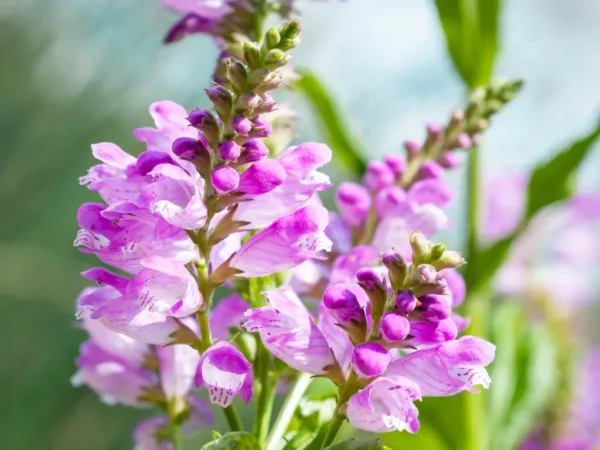



Reviews
There are no reviews yet.